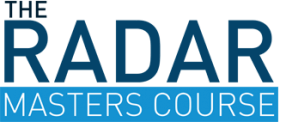Remembering the birth of British radar – 80 years ago!

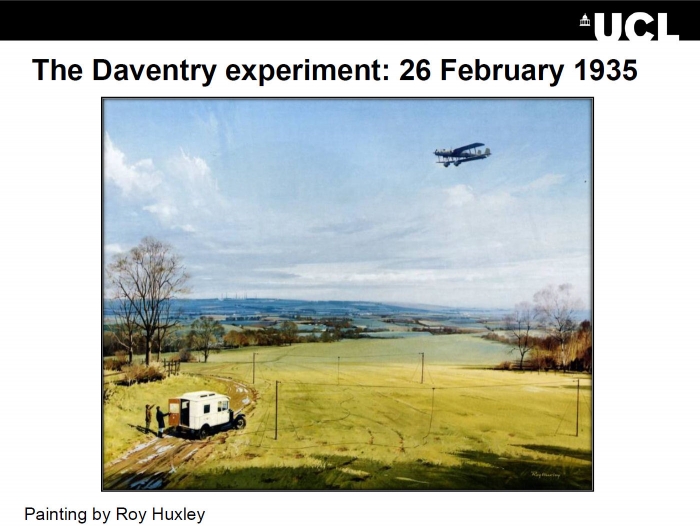
“Eighty years ago two men drove a van with a radio receiver to a field in Northamptonshire. The experiment that followed helped win a battle in a war that had yet to start. Not far from the A5, in the village of Litchborough, lies a memorial stone. The plaque tells how two men – Robert Watson-Watt and Arnold Wilkins – showed for the first time how radio waves could be bounced off aircraft up to eight miles (13km) away.
And they did so with little more than a set of wooden poles, some wire, a receiver and an aircraft.”
(From: http://www.bbc.com/news/uk-england-northamptonshire-31634132)
26 February 2015 was the 80th anniversary of the so-called Daventry experiment, which marks the birth of radar in Britain.
It is always good to remember the birthdays of our ancestors – in this case, the Father of South African Radar and the Grandfather of the Square Kilometre Array South Africa.
The Daventry Experiment
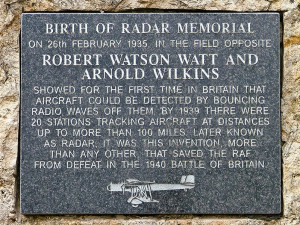
In early 1935, Arnold Wilkins had presented some calculations that it would be possible to detect aircraft using radio waves. Robert Watson-Watt was the team leader of an experiment that subsequently took place in a farmer’s field, outside the town of Weedon, near Daventry. A Handley Page Heyford bomber was loaned from the Royal Air Force, and the pilot was instructed to fly over the receiver, which had been set up in the field, in the hope that the aircraft could be tracked.
The detection equipment was mounted in the back of an old ambulance; it consisted of a large received, fitted with an oscilloscope, and was tuned to the 49-metre wavelength of the BBC transmitter at Daventry.
“As the Heyford bomber flew overhead, the signal of the transmitter, which was being received and displayed on the oscilloscope, began to move up and down, indicating that a variable & measurable amount of radio signal was being reflected from the passing Heyford aircraft. The men in the van watched as the signal indicated the aircraft in their vicinity; they were able to track it for some 8 miles.” (http://www.andrewphotographic.co.uk/g8gmu9a.htm)
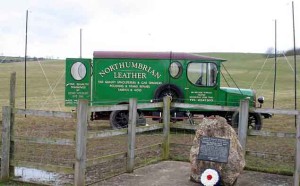
Wilkins’ calculations were thus proved right, and a disturbance of the received signal was observed.
Based on the findings from this demonstration, Watson-Watt was able to obtain increasing amounts of money, which allowed him to put in place the Chain Home radar system. This effectively neutralised the German Luftwaffe, and led to the survival of Britain, long enough for a regroup and alliance with the USA. By then, the Chain Home system was almost completely operational along the East Coast of the UK, ready to detect German bombers.
In celebration of the 75th anniversary of the original Daventry experiment, a group of enthusiastic radio amateurs staged a re-enactment on the very same field, just beyond the memorial stone (read about that here).
The birth of radar in South Africa
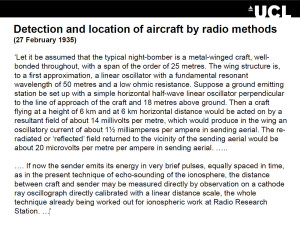
In 1939, the outcome was not certain, however, and the British Authorities summoned the Colonial Governments to send scientists to be briefed on Radar Technology (it was then called “Radio Direction Finding” and later called “RAdio Detection And Ranging” – RADAR).
South Africa did not have a suitable person in London, so the exchange of information only occurred some time later, when Prof. Ernest Marsden passed through South Africa, on his way back to New Zealand, and was met by Prof Basil Schonland, who had recently joined the Bernard Price Institute (BPI) after 15 years in the UCT Physics Department. They travelled together from Cape Town to Durban. After a short visit to the Howard College (now UKZN) to copy documents, Schonland returned to the BPI.
On the 16th December 1939, only a few months after the visit, the first South African radar, built from radio amateur components, was able to detect the Aasvogelskop (now called the Northcliffe Ridge).
So, about 5 years after its father was born in the Daventry field, South African radar was on its way, and has never looked back.
The 75th birthday of radar in South Africa was celebrated in November last year, and commemorated by a hike to the Cobra Camp radar station on a hill above Kommetjie in the Southern Peninsula on 16 December 2014 (find out more here).
The link to the Square Kilometre Array South Africa
South Africa’s expertise in the sensitive receivers and signal processors, which are needed for radar, formed the basis of the skills that have resulted in the country’s very successful bid to host the Square Kilometre Array. This success relied on the rapid construction of demonstrators of these systems.
It is fair to say that almost all the senior developers on these projects learned their skills as radar engineers. This link goes back even further, in that the early radar experts moved to the CSIR and other institutes after the Second World War, and were instrumental in developing and nurturing the growing interest in Radio Astronomy and Space Science.
We can thus say that the Daventry Experiment as the grandfather of the South African SKA.
References:
- Making waves: Robert Watson-Watt, the pioneer of radar
- The Daventry experiment: Commemorating the birth of British radar
- The birth of Radar
- 75th anniversary of the birth of Radar
- The Story of Radar
- Celebrating the 75th birthday of Radar in South Africa
- Wikipedia: Robert Watson-Watt
- Wikipedia: Arnold Wilkins
- Wikipedia: Chain Home
